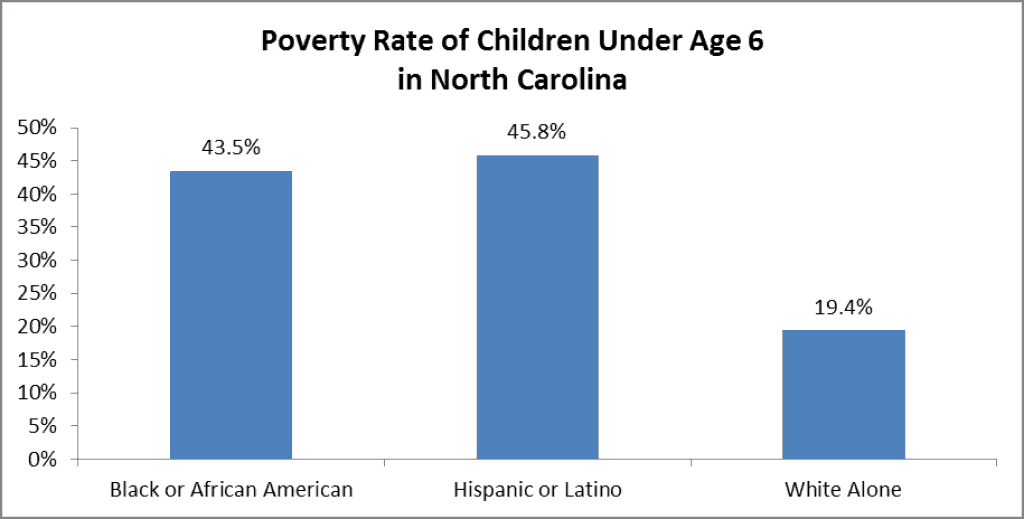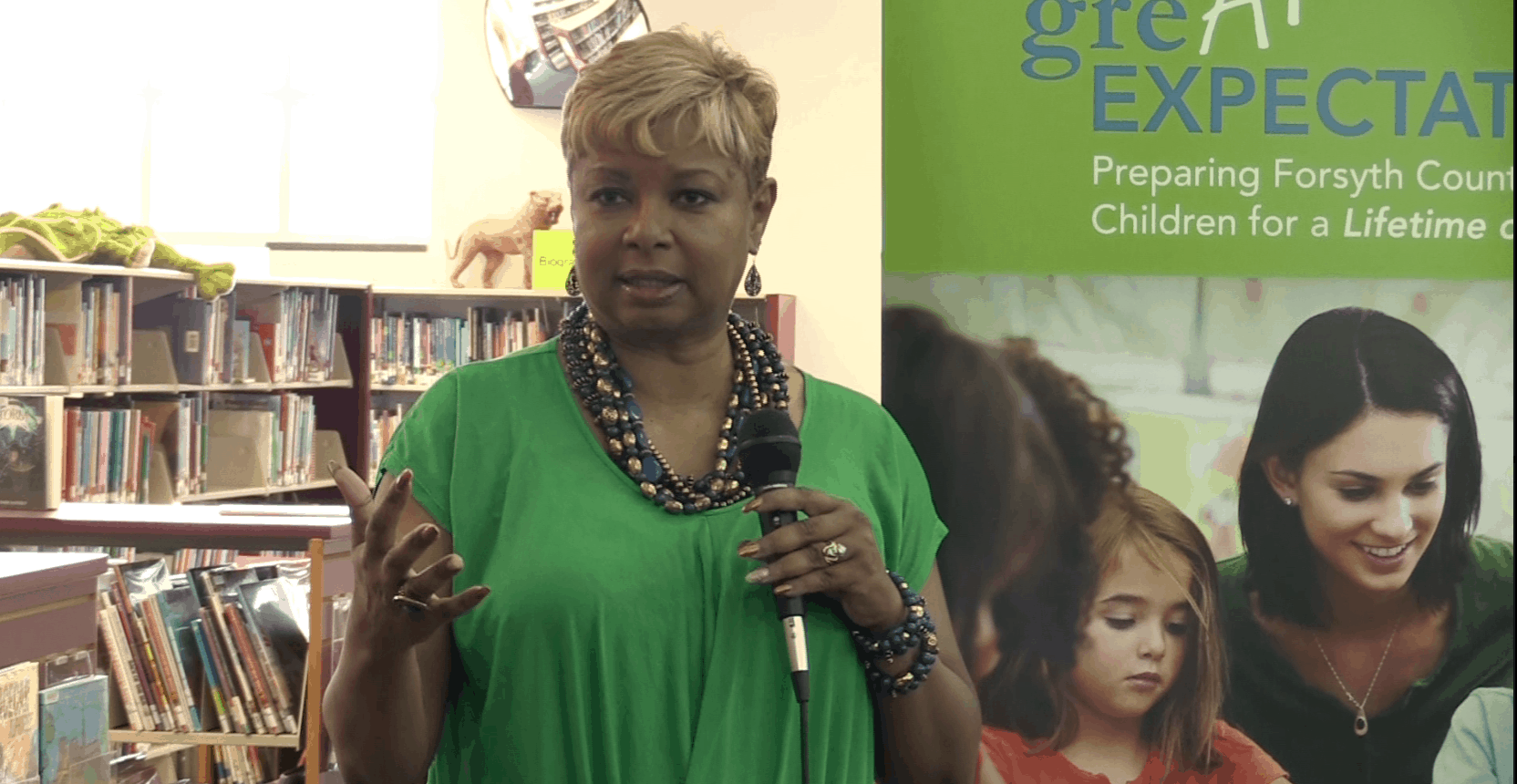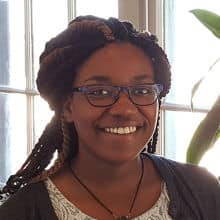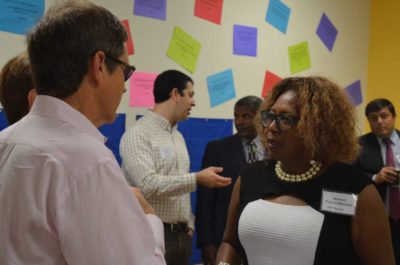We are at a critical moment in early education. According to A Better Start: Why Diversity in Preschool Classrooms Matters, the recent surge in early childhood initiatives and the increasing diversity within the population of young children have yet to translate to diversity within the classroom. In order for all children to succeed regardless of race and class, we must see these investments through into the future.
In North Carolina, 14 percent of non-Hispanic white children under six live in poverty, compared to 44 percent and 46 percent of black and Hispanic or Latino children.1 Even the overall success of investments and efforts to improve early childhood education programming and access has not addressed participation rates and quality of services along the aforementioned lines of economic and racial segregation. More must be done to incorporate diversity and instill equity into learning environments.


Children’s peers are increasingly diverse. As the Center for Public Education explains, “Trends in immigration and birth rates indicate that soon there will be no majority racial or ethnic group in the United States—no one group that makes up more than fifty percent of the total population.” Economic and racial segregation of neighborhoods and schools misrepresents the world these children will grow up in and it begins in U. S. preschools; only 17 percent of children are currently learning in racially and socioeconomically diverse classrooms.
Children, particularly children of color, are aware of—and thus affected by—race as early as age four. At this developmental stage, they ask questions to inform their own behaviors and learn from their environment to understand the way the world works, according to Louise Derman-Sparks. As A Better Start notes, “Children with disparate skills may learn from each other in the daily interactions and play activities that typically characterize the preschool day.” This kind of interaction enriches language and vocabulary development and, according to A Better Start¸ even promotes cross-cultural learning. That’s why preschool is a significant supplement to the home environment of all children: though incoming math and language skills correlate to socioeconomic status (SES), children from low SES consistently perform better in math and language in the company of higher SES peers. A Better Start explains how classroom diversity can benefit higher SES, white students by reducing the prejudices and social isolation of children by race.
Getting that kind of head start on academic and social learning is a key foundation in an infrastructure of opportunity that works for children from day one. No matter how family demographics, ideologies, and resources may differ, parents share common values for their children. Providing families of all racial and socioeconomic backgrounds access to the same high-quality early childhood education gives those children, full of potential, the opportunity to learn from each other rather than internalizing the “way the world works” through misleading cues like segregation.
MDC recently began work with the Kate B. Charitable Trust as the “activating agency” for Great Expectations, a major community-wide initiative of the Trust that aims to ensure that all young children in Forsyth County—with a special focus on those living in financially-disadvantaged families—meet age-appropriate developmental milestones in their first five years, enter kindergarten ready for school, and leave kindergarten fully ready for learning and life success.
The approach to Great Expectations centers on systems change with a strong commitment to creating ways to elevate the voices of low-SES parents and caregivers and parents/caregivers of color in the conversation about how to improve outcomes for their children. An improved system could increase availability and accessibility of high-quality child care classrooms for all families, regardless of SES and race. As more low-SES children and children of color enroll into childcare, more parents/caregivers will have the opportunity to share their vision for their child’s early education. Everyday experiences like story time and reading assignments could be transformed to show children their potential through stories from and about children from varying lifestyles and cultural backgrounds.
Through interactive exposure to diversity in play and in academic settings, children can turn their natural curiosity and sense of community into tools to form conceptions of equity—as they contextualize their identity with race and class. Doing so at an early age encourages the social responsibility and intuition children need to succeed and value the shared success of their peers—and that is essential to maintaining a productive and equitable society.
This perspective was originally published at the State of the South blog, a publication of MDC. It is reprinted here with the author’s permission.





